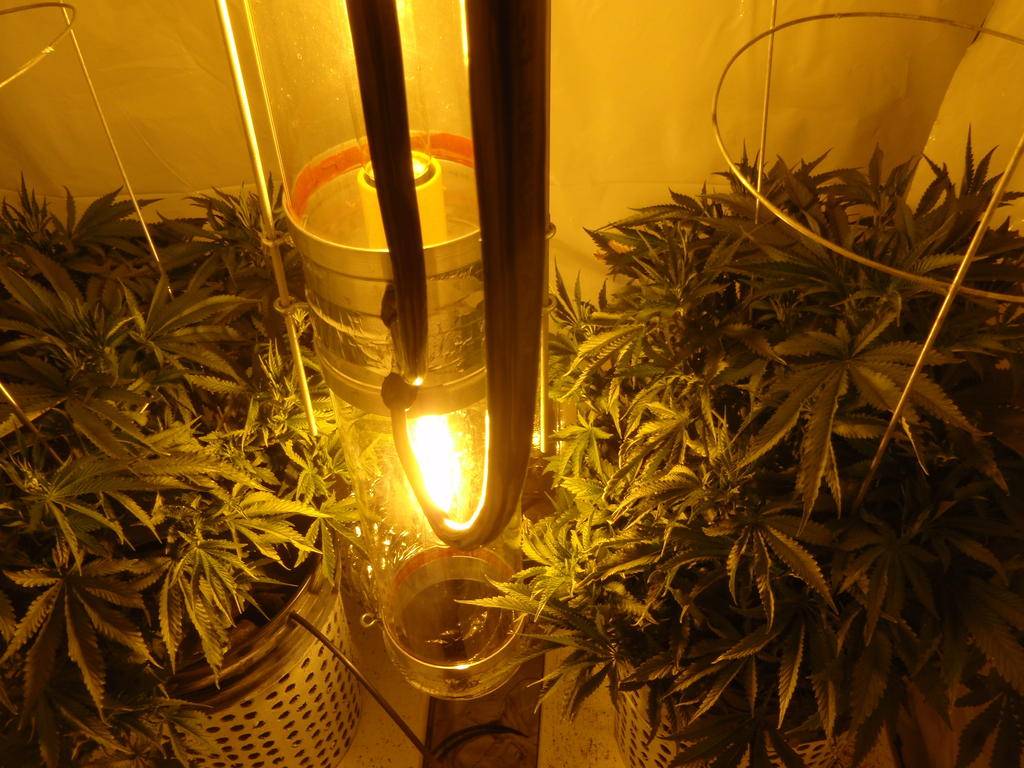Welcome to this most delinquent thread.
In it, I hope to summarize and share the work done by Delta9nxs, and other notable contributors, over the last year while simultaneously documenting my current PPK grow. D9 has worked through various versions of his Passive Plant Killer system and the thread is approaching 60 pages long as I type this. Additionally, I will include some of my understanding of it, and how I've tried to bring it to life in my own world.
None of the technical components in D9's work is necessarily new. I became interested in his thread based on his thoughtful, considered and deliberate approach in compiling information from many sources, and generating what may be...
THE MOST BORING WAY TO GROW IT THE WORLD.
Here is a picture of my two girls, twenty six days of veg, just before their first night of flower:

In it, I hope to summarize and share the work done by Delta9nxs, and other notable contributors, over the last year while simultaneously documenting my current PPK grow. D9 has worked through various versions of his Passive Plant Killer system and the thread is approaching 60 pages long as I type this. Additionally, I will include some of my understanding of it, and how I've tried to bring it to life in my own world.
None of the technical components in D9's work is necessarily new. I became interested in his thread based on his thoughtful, considered and deliberate approach in compiling information from many sources, and generating what may be...
THE MOST BORING WAY TO GROW IT THE WORLD.
Here is a picture of my two girls, twenty six days of veg, just before their first night of flower:


